7 Daily Stretches That Help You Sleep Better and Feel Looser in the Morning
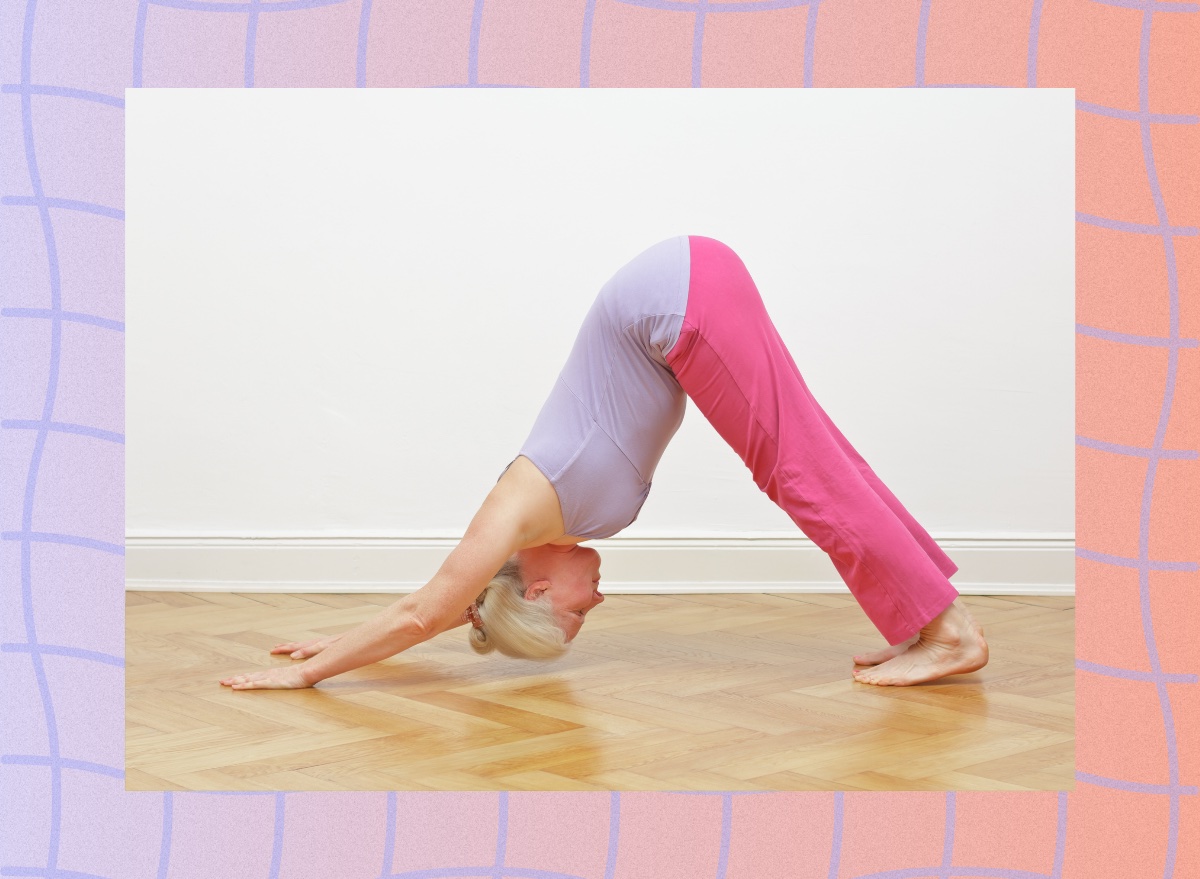
There's no better way to start your day than feeling refreshed, limber, and ready to move. Sure, coffee helps, but stretching is your actual wake-up call if you want to feel genuinely awake and shake off the stiffness of a restless night.
These seven daily stretches are the ultimate morning reboot. They loosen tight hips, unravel cranky spines, and wake up your muscles from head to toe. Even better, they prime your body for deeper sleep at night by dialing down your nervous system and easing away lingering tension.
Think of it as the best complement to your cup of joe. This isn't a long yoga flow or a drawn-out routine, either. You'll move better, feel better, and sleep deeper in just a few minutes a day.
Here's how to get started.
Stretch: Alternating 90/90s
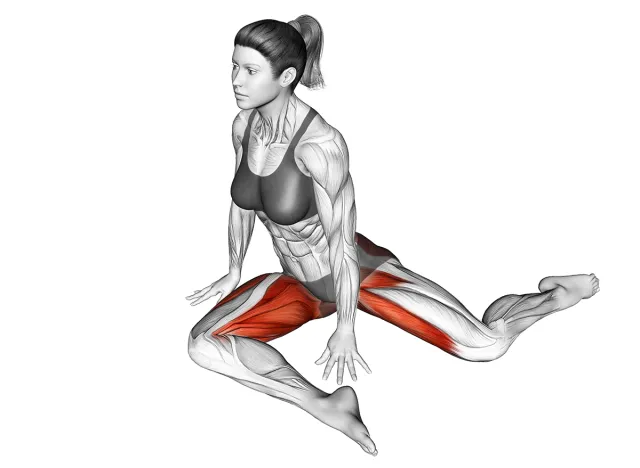
Your hips are the crossroads of your body. When they're tight, everything from your lower back to your knees can feel off. Alternating 90/90s is a powerful mobility drill that targets the hip joint's internal and external rotation, which often gets stiff from sitting or lifting. This stretch also encourages better posture and control through your lower body, setting you up for stronger movement patterns throughout the day.
How to Do It:
- Sit tall on the floor with one leg bent in front of you at 90 degrees and the other behind you at 90 degrees.
- Keep your chest upright and shoulders relaxed.
- Rotate your hips and legs to switch sides without using your hands if possible.
- Move slowly and with control, aiming for smooth transitions.
Recommended Rounds and Time: Knock out 2 to 3 sets of 8 to 10 reps per side
Stretch: Cat Cow
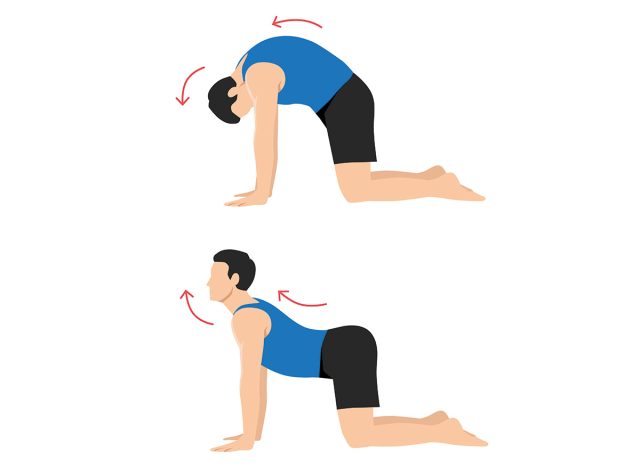
Cat Cow is like a wake-up call for your spine. It gently mobilizes each vertebra while syncing movement with breath, which helps activate your core and calm your nervous system. It's especially effective first thing in the morning because it counters the stiffness that builds up overnight and brings circulation back into your back, shoulders, and neck. Bonus: It feels incredible when you move slowly and with control.
How to Do It:
- Start on all fours with your hands under your shoulders and knees under your hips.
- Inhale and arch your back, drop your belly, and lift your head and tailbone (Cow).
- Exhale and round your spine, pulling your belly up and tucking your chin (Cat).
- Move with your breath in a slow, steady rhythm.
Recommended Rounds and Time: Complete 2 sets of 5 to 8 full rounds
Stretch: Half Front Split

Tight hamstrings and calves are often the root cause of poor posture, sluggish movement, and even lower back pain. The Half-Front Split is a controlled way to lengthen the entire back side of your leg without forcing flexibility. It builds hamstring mobility from the hip and helps balance the posterior chain, which can improve your walking, running, and lifting mechanics.
How to Do It:
- Start in a half-kneeling position with one foot forward and your back knee on the floor.
- Shift your hips back so your front leg straightens and your hips stack over your back knee.
- Keep your chest tall and hinge forward from your hips.
- You should feel the stretch along the hamstring of your front leg.
Recommended Rounds and Time: Perform 2 sets of 20 to 30 seconds per side
Stretch: Jefferson Curl
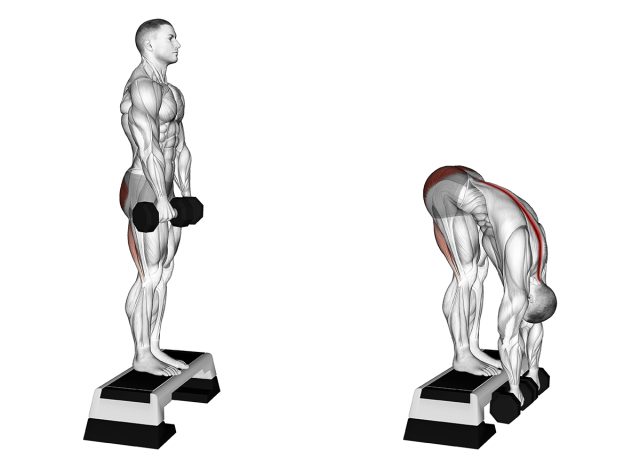
Most people avoid rounding their spine, but the Jefferson Curl teaches you how to do it safely and intentionally. This stretch is a controlled spinal roll-down that improves segmental mobility, decompresses your vertebrae, and challenges your posterior chain to lengthen under control. It's like flossing your spine while getting a deep hamstring stretch simultaneously. It's excellent for stiff backs and tight legs.
How to Do It:
- Stand tall with your feet hip-width apart and arms hanging in front of you.
- Slowly roll down vertebra by vertebra, starting from your neck and rounding through your spine.
- Let your arms hang and reach toward the floor.
- Pause at the bottom, then slowly reverse the movement to stand back up.
Recommended Rounds and Time: Knock out 2 sets of 5 to 6 slow controlled reps
Stretch: Half-Kneeling Hip Flexor Stretch
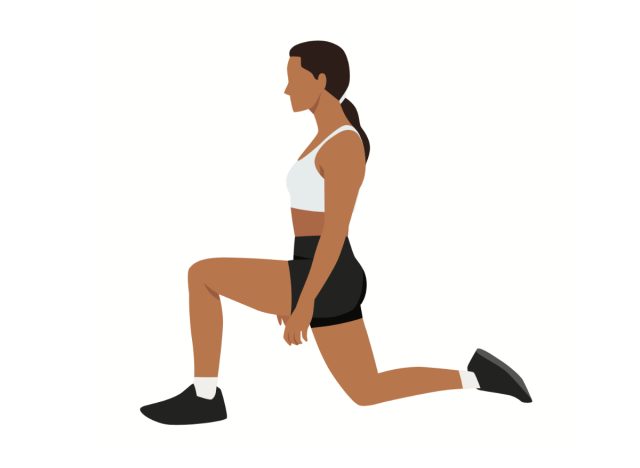
If you sit a lot, your hip flexors might be locked up. That tightness pulls on your pelvis and spine, leading to poor posture, lower back discomfort, and limited leg mobility. This stretch opens up the front of your hips and brings awareness to how your pelvis is positioned. It's a game-changer for anyone wanting to move better, squat deeper, or stand taller.
How to Do It:
- Start in a half-kneeling position with your front knee at 90 degrees and your back knee on the floor.
- Tuck your pelvis slightly under to avoid arching your back.
- Shift your weight forward until you feel a stretch in the front of your hip.
- Keep your torso upright and engage your glutes for a deeper stretch.
Recommended Rounds and Time: Complete 2 sets of 20 to 30 seconds per side
Stretch: Side-Lying T-Spine Rotations
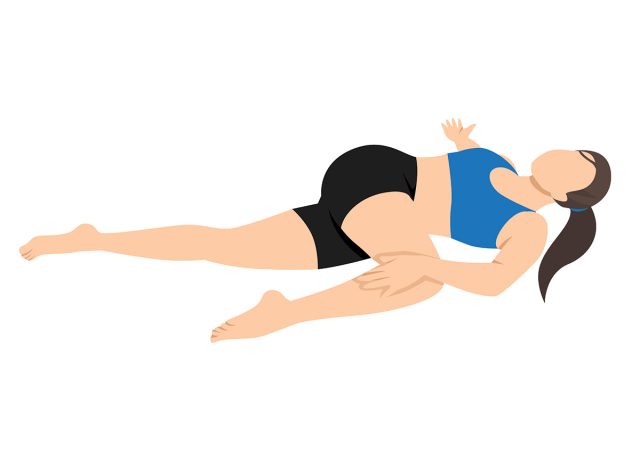
The thoracic spine tends to get stiff, especially if you sit or sleep curled up. When that area locks up, your body compensates by overworking your shoulders and lower back. Side-lying T-spine rotations are an easy and effective way to restore rotation through your mid-back and create space in your chest and shoulders. Better mobility here also improves breathing and posture.
How to Do It:
- Lie on your side with your knees bent at 90 degrees and arms extended in front of you.
- Keep your knees stacked and anchored as you rotate your top arm across your body to open your chest.
- Let your head follow your hand and keep your movement slow and controlled.
- Return to the start and repeat before switching sides.
Recommended Rounds and Time: Perform 2 sets of 8 to 10 reps per side
Stretch: Down Dog to Cobra
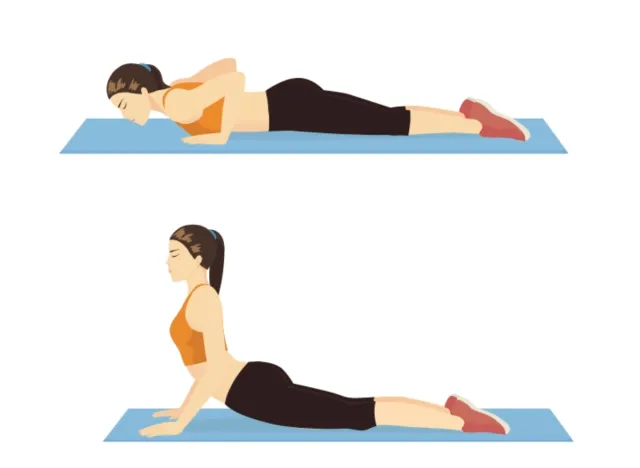
This dynamic duo combines the best of both worlds. Downward Dog opens up your calves, hamstrings, and shoulders while Cobra stretches your chest, spine, and hip flexors. The two transitions encourage full-body mobility and control while flushing out stiffness from head to toe. The perfect blend of stretch and flow makes you feel looser and more energized.
How to Do It:
- Start in a high plank position,
- Push your hips up and back into Downward Dog.
- Press your heels toward the floor and keep your arms straight.
- Shift forward into a low Cobra by lowering your hips and lifting your chest.
- Squeeze your glutes and open your chest before returning to Downward Dog.
Recommended Rounds and Time: Knock out 2 to 3 sets of 5 slow transitions









